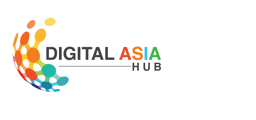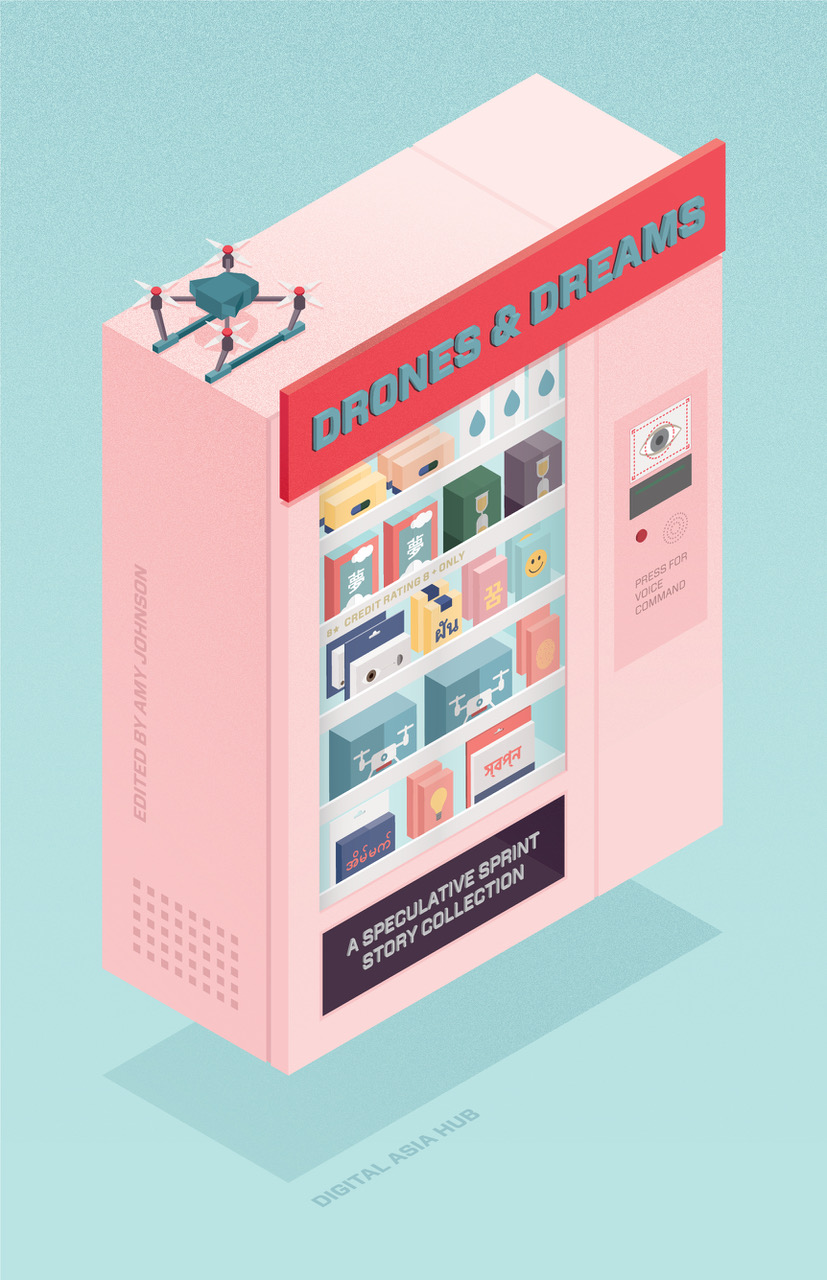Welcome!
In these pages you’ll meet pre-citizens stuck in limbo as they struggle to acquire citizenship somewhere, anywhere, nanobot shad- ow-selves that reveal hidden truths about ourselves, software systems prescribed for adults grappling with grief, and families living across languages and cultures and technologies. You’ll encounter the erosion of old ways and identities, as well as the rise of new collaborations to under- stand the strange and unfamiliar. You’ll see the same-old bureaucratic struggles surfacing in new technocratic systems—and fresh explorations of what it means to live cooperatively with your local ecology. You’ll also find machines experimenting with gender, rogue drones, an app that devours dreams, kimzua robots, augmented reality for the inner eye, encryption by scent, interfaces nostalgic for the old days, cryptocurrency for the dead, smart cities organized by Dance Dance Revolution scores, autonomous vehicles that work on Vedic principles, and so much more.
All of that, you may be thinking, sounds wonderful. (It is!) Maybe you’ve even abandoned this introduction to jump into reading more interesting things. If not, you may have some questions: What exactly does “a speculative sprint story collection” mean anyway? And what’s up with the Seeds and Fragments section?
This volume collects the outputs of a two-day speculative fiction-writing workshop held in December 2018 as part of Digital Asia Hub’s AI in Asia series. This workshop was the original speculative sprint, designed to produce all of the material for a collection in just two intensive days. Malavika Jayaram, the Executive Director of Digital Asia Hub, invited me to design and run this book sprint—and edit the consequent collection—as I lead groups in using speculative writing techniques to explore current and future technologies, particularly in the contexts of writing, research, teaching, and advocacy. It was a great pleasure and honor to design this work- shop to reflect Digital Asia Hub’s vision and the many interests expressed by participants. I am deeply proud to bring this wondrous collection to you.
Speculative writing techniques offer simple but generative ways to imagine the future. Such techniques help open the act of imagining the future to broader participation—you don’t have to be an expert to be involved in imagining the future. Anyone can do this. I encourage you to explore the speculative prompts offered in the second and third sections of this collection. Drop me a line if you do! But I’m getting ahead of myself.
All too often, utopias and dystopias, moral panics and progress narratives—particularly from Western perspectives—dominate conversations about AI and related technologies. In this collection we focus on Asian perspectives. On lived experience, relationship, and community. On thinking across scales, from the personal to the global and everything in between. Seeking plural voices, we opened the workshop not only to people who identified as writers or technologists, but to anyone who wanted to speculate collaboratively on AI. It was a call that resonated: People from all across Asia (and a few other regions as well)—people with diverse, plural connections to Asia, in work, life, study, origin, heritage, and interests— came to speculate together one December weekend in Singapore.
We moved quickly for both practical and creative reasons. On the practical side, Digital Asia Hub desired to launch the collection at the Fairness, Accountability, and Transparency conference that it would host in Hong Kong in January 2019. This conference, which brings together scholars and practitioners from all around the world to think together about the ethics of AI, offered an ideal moment to share a rich plurality of voices from Asia. On the creative side, writing in short time frames can be surprisingly generative for writers and non-writers alike. Such time constraints encourage brainstorming and commitment, pushing participants away from indecision and hesitation.
The final output of the workshop was a set of new speculative prompts generated by the participants themselves. You’ll find these just before the bios, conveniently labeled New Prompts for Future Explorations. These new prompts are grouped into loose themes, much as the initial prompts were at the workshop itself. We offer them as our invitation to you, reader, to imagine with us.
Amy Johnson (January 2019)
editor

